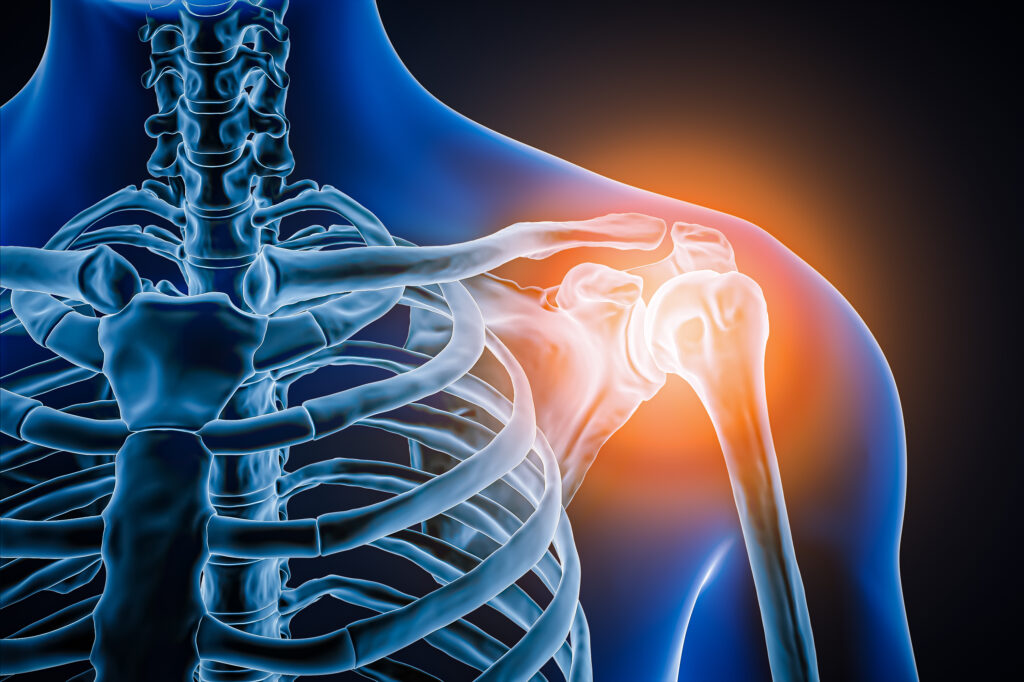In a recent study, researchers investigated the outcomes of arthroscopic Bankart repair, a common surgical procedure aimed at addressing shoulder instability, particularly in athletes. The work highlights the lack of focused research on recreational athletes, emphasizing the need for targeted studies to better understand how this surgical intervention affects this specific group.
The authors of the study, Chunsen Zhang, Songyun Yang, Jiapeng Wang, Wenze Shao, Yizhou Huang, and Xin Tang, all affiliated with the Sports Medicine Center and the Department of Orthopedics at West China Hospital, Sichuan University, are significant contributors to this emerging field of research. Their investigation is particularly relevant as previous studies on Bankart repair have shown a wide range of outcomes across different populations, yet little attention has been given to recreational athletes who often have different demands and recovery trajectories compared to professional athletes.
The research delves into both the short-term and long-term outcomes of the procedure, which is crucial for informing clinical practices and rehabilitation protocols for this demographic. Given the increasing participation of recreational athletes in sports activities, understanding the effectiveness of arthroscopic Bankart repair in this group could lead to better patient education, expectations, and overall management of shoulder injuries.
One of the key takeaways from this research is the variance in postoperative outcomes, which may be influenced by factors such as the athlete’s level of activity, age, and the nature of their sports involvement. Identifying these factors can help clinicians tailor rehabilitation programs that align with the specific needs and goals of recreational athletes, ultimately enhancing their recovery and return to sport.
As the study highlights, more focused research in this area is essential to bridge the existing knowledge gap. By concentrating on the recreational athlete population, future studies can provide valuable insights that will benefit both clinicians and patients alike.
In conclusion, the authors have opened an important dialogue regarding the outcomes of arthroscopic Bankart repair in recreational athletes. Their findings underscore the need for further investigation and tailored approaches to rehabilitation in this demographic, ensuring that all athletes, regardless of their level of competition, receive the best possible care and support in their recovery journey.


